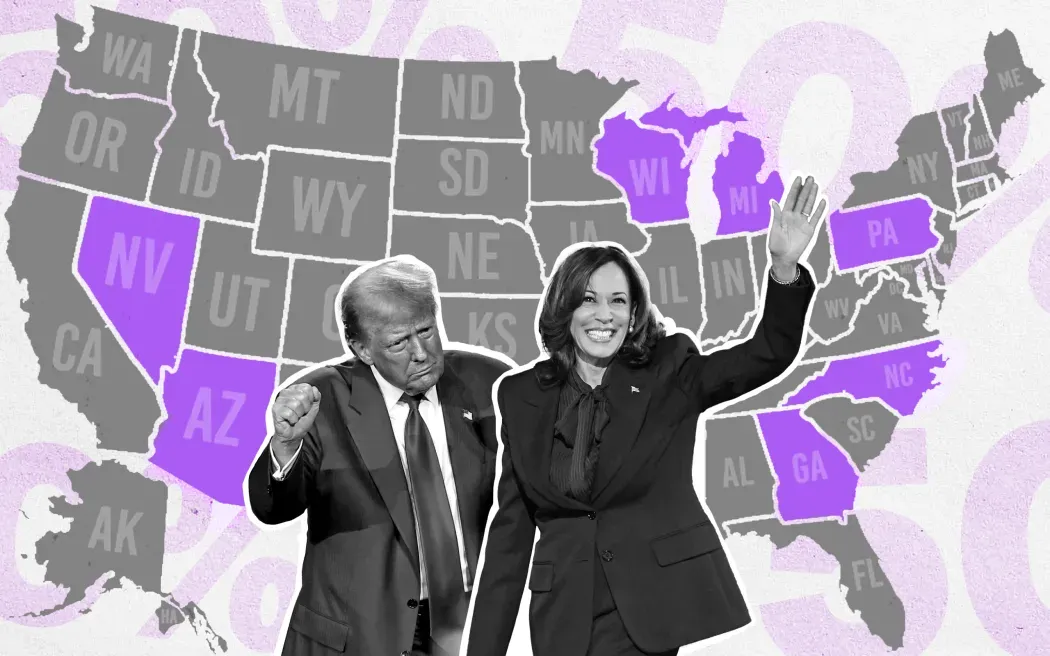The Electoral College and the 2020 U.S. Presidential Election: A Review and Analysis
Following the electoral college votes in December of 2020 and the certification of the election results by Congress in January, concerns about the potential manipulation or swaying of electors were raised once again. The events that unfolded on January 6, 2021, when Trump supporters rioted in Washington D.C., demonstrated the continued uncertainty surrounding the process.
The Electoral College system has been a subject of debate for many years due to its unpopularity among Americans, with 63% expressing their desire for change in a recent Pew Research poll. While change may come eventually, it will likely take time and require overcoming significant obstacles.
The Electoral College and Its Critics
1. 2016 Faithless Electors: During the 2016 presidential election, several “faithless electors” voted for candidates other than their pledged candidate, prompting a US Supreme Court verdict allowing a crackdown on such behavior.
2. Allegations of Fraud and Election Manipulation: Following his loss in the 2020 election, former President Donald Trump was indicted for his alleged participation in creating alternate “fake electors.”
3. January 6 Riots: On January 6, 2021, Trump supporters rioted in Washington D.C. over the certification of Biden’s victory by Congress, disrupting a routine procedural task that had been carried out for more than 200 years.
4. Electoral Count Reform Act of 2022: In an attempt to clarify the process and head off a repeat of January 6, Congress passed the Electoral Count Reform Act of 2022.
The Future of the Electoral College
Despite widespread dissatisfaction with the current system, changing the Electoral College would require a constitutional amendment, which is highly unlikely as long as one side perceives an advantage in maintaining the status quo. However, there are possible routes to alter the system without amending the US Constitution:
1. The National Popular Vote Interstate Compact: This agreement aims for the candidate who receives the most popular votes in all 50 states and the District of Columbia to win the presidency. If enough states totaling 270 electoral votes agree to it, the compact would come into force. To date, 17 states have approved it, accounting for a bit over 200 votes. It remains unclear whether the compact would face legal challenges.
2. Increasing the Size of the House of Representatives: Expanding the size of the House of Representatives to better reflect population growth could dilute state-specific electoral votes.
The Impact of a Change
It is essential to keep in mind that there would be different partisan biases in play if the US switched to the national popular vote for electing presidents, so no system for electing candidates is free of biases. Nevertheless, the messy and complicated process of American presidential politics and the current sharp divides will not be washed away overnight, regardless of any changes made to the system.
In conclusion, while there is growing discontent with the Electoral College system in America, changing it will likely prove challenging due to partisan biases and the difficulty of passing a constitutional amendment. However, alternatives such as the National Popular Vote Interstate Compact and expanding the House of Representatives offer potential solutions for those who wish to see a change in the way presidential elections are conducted. Only time will tell whether these proposed changes gain enough traction to become reality.

0 Comments